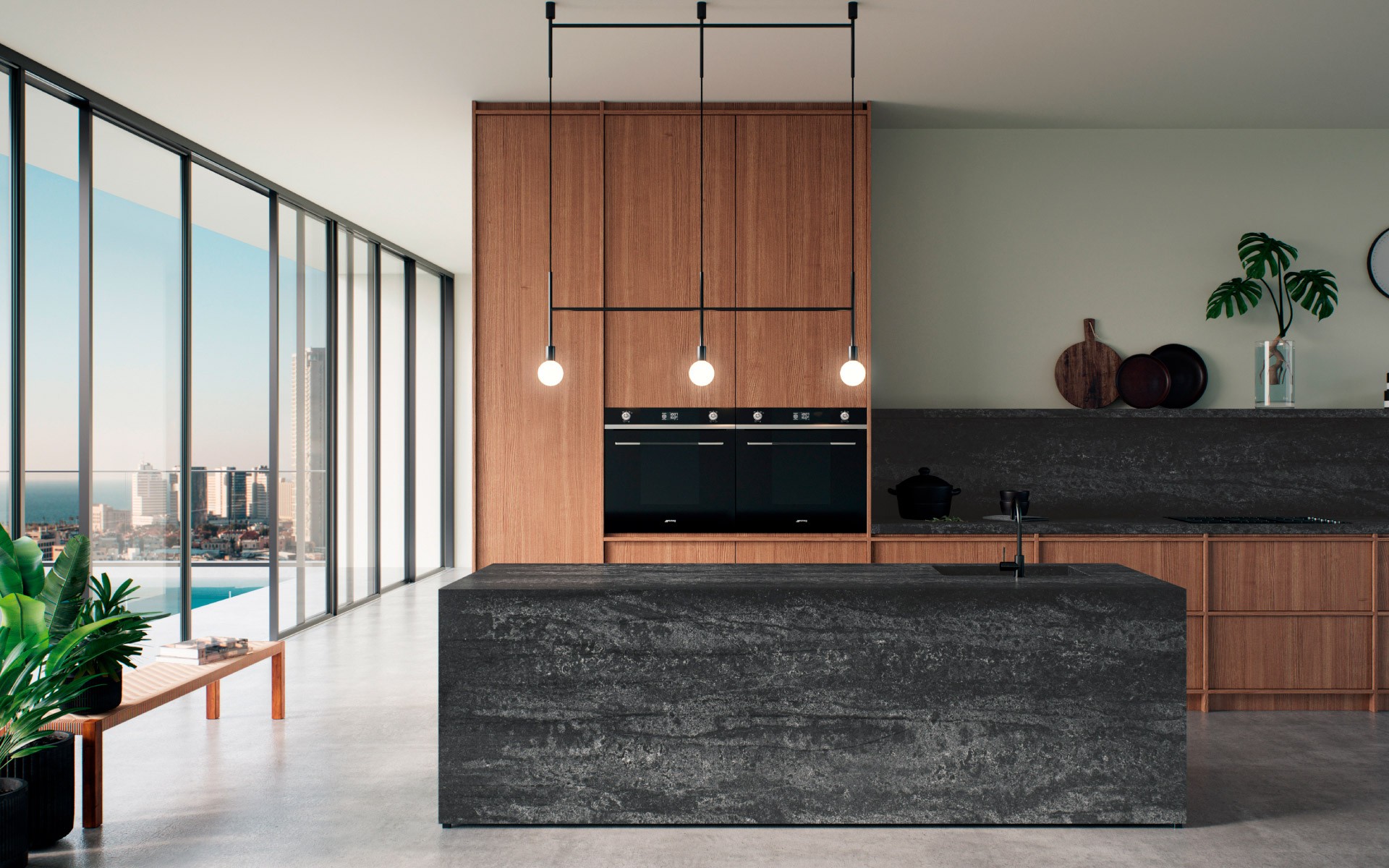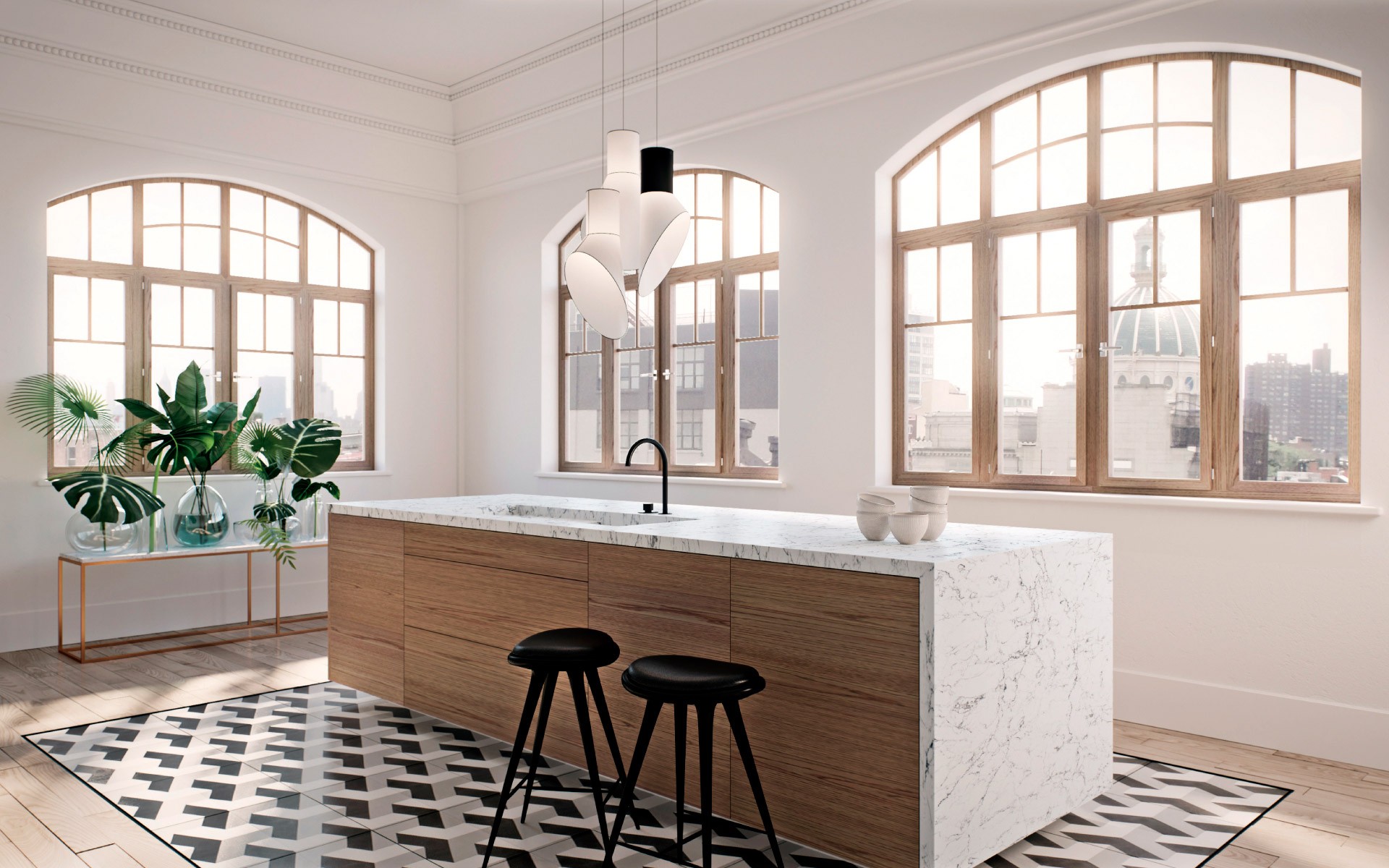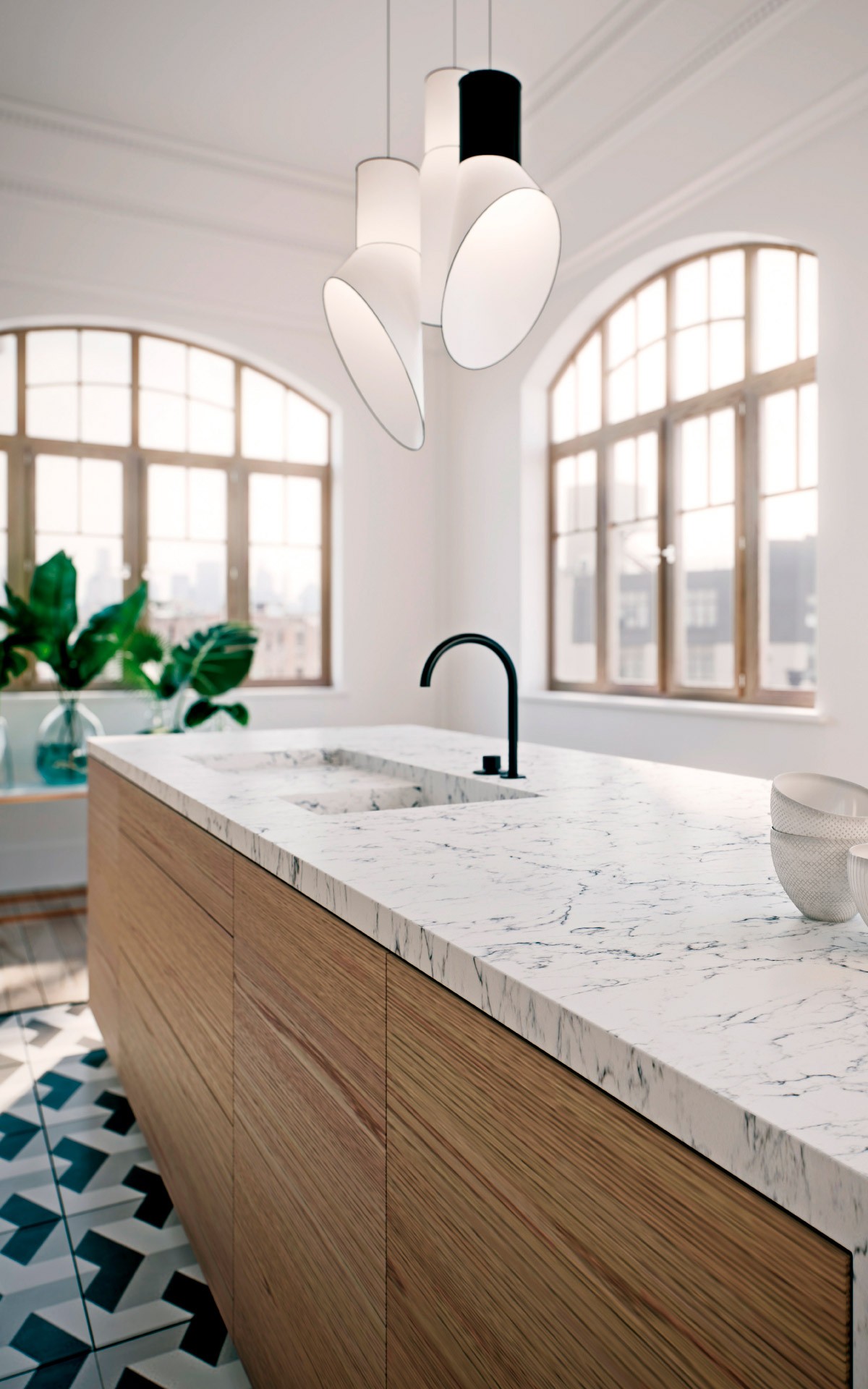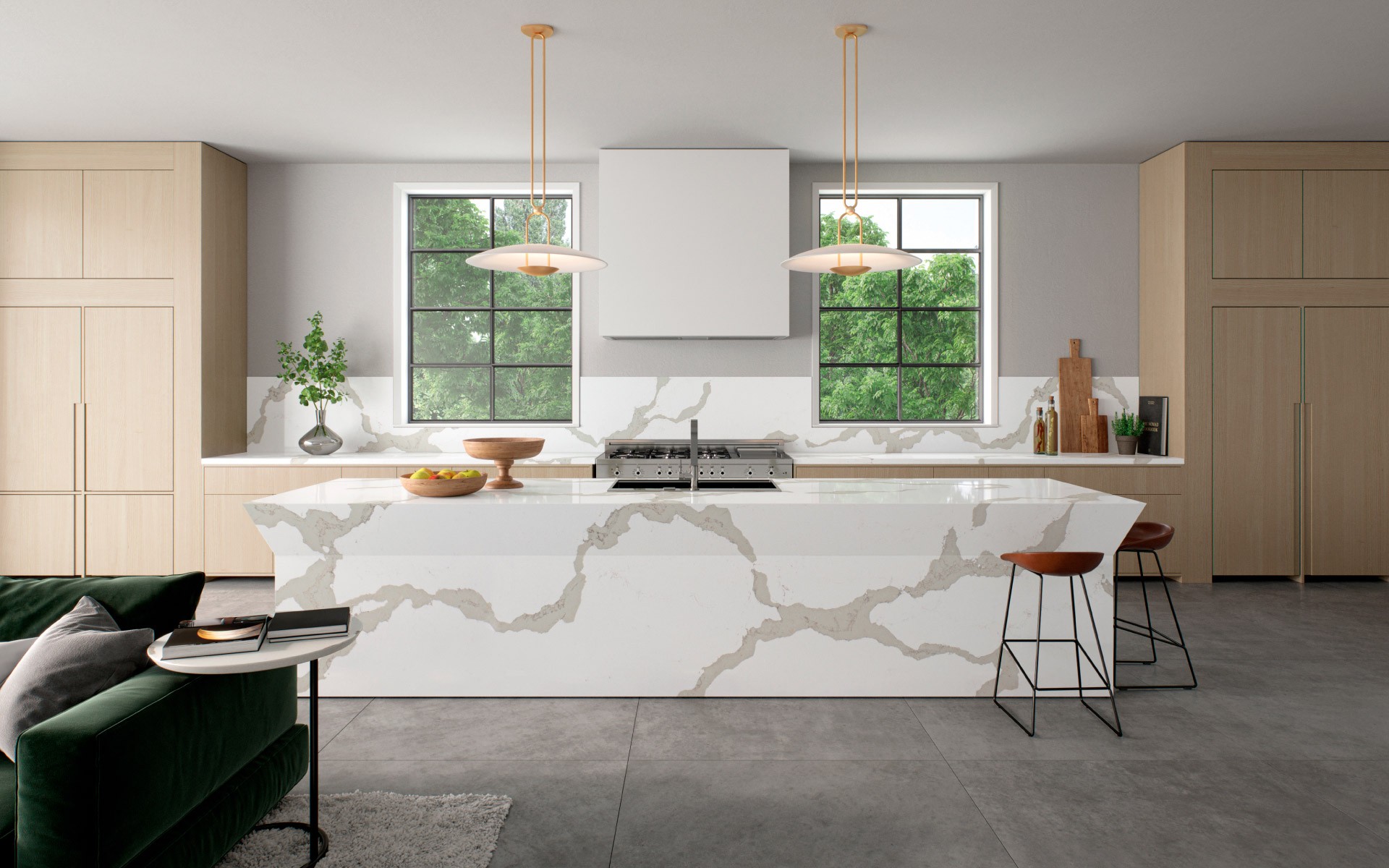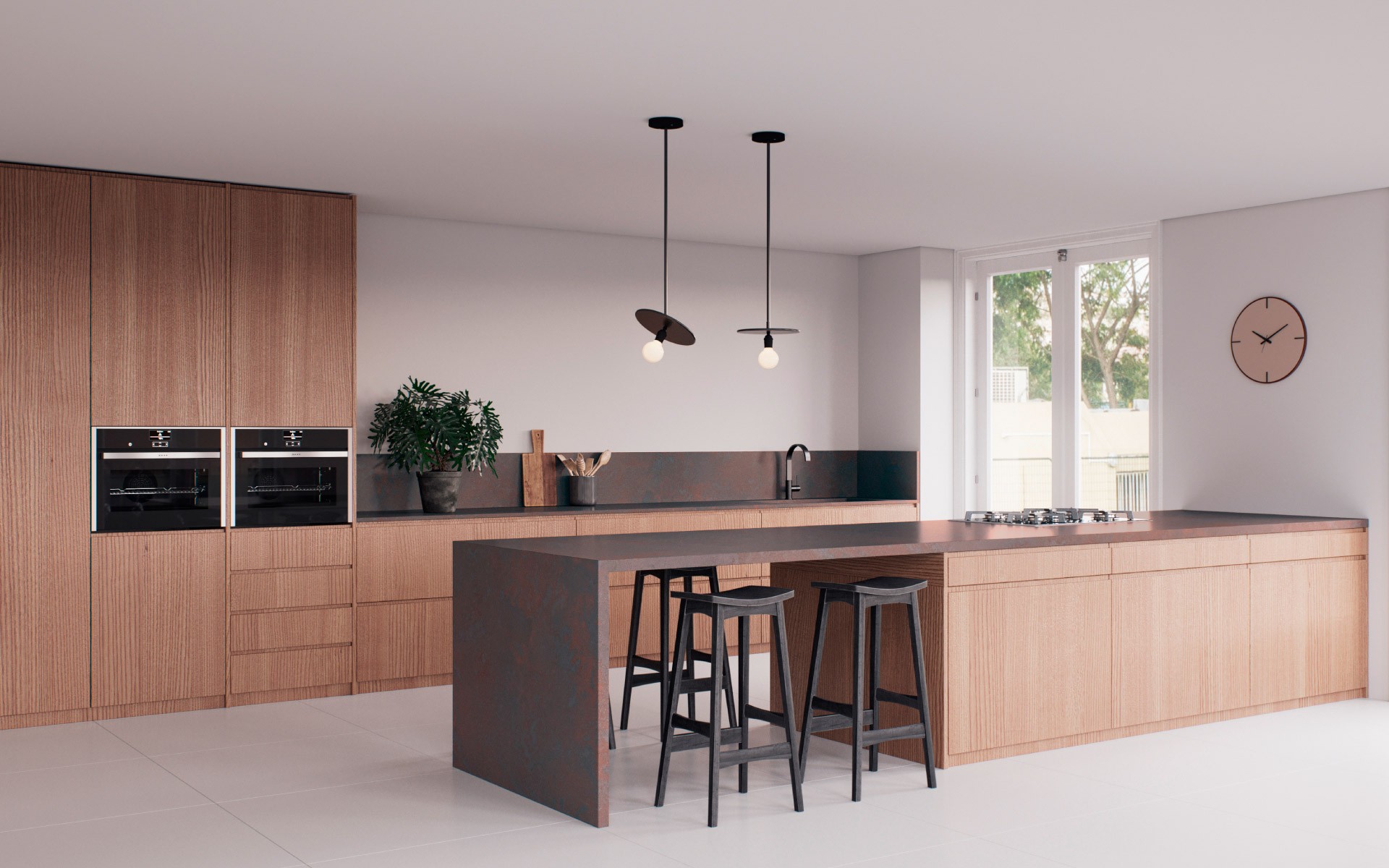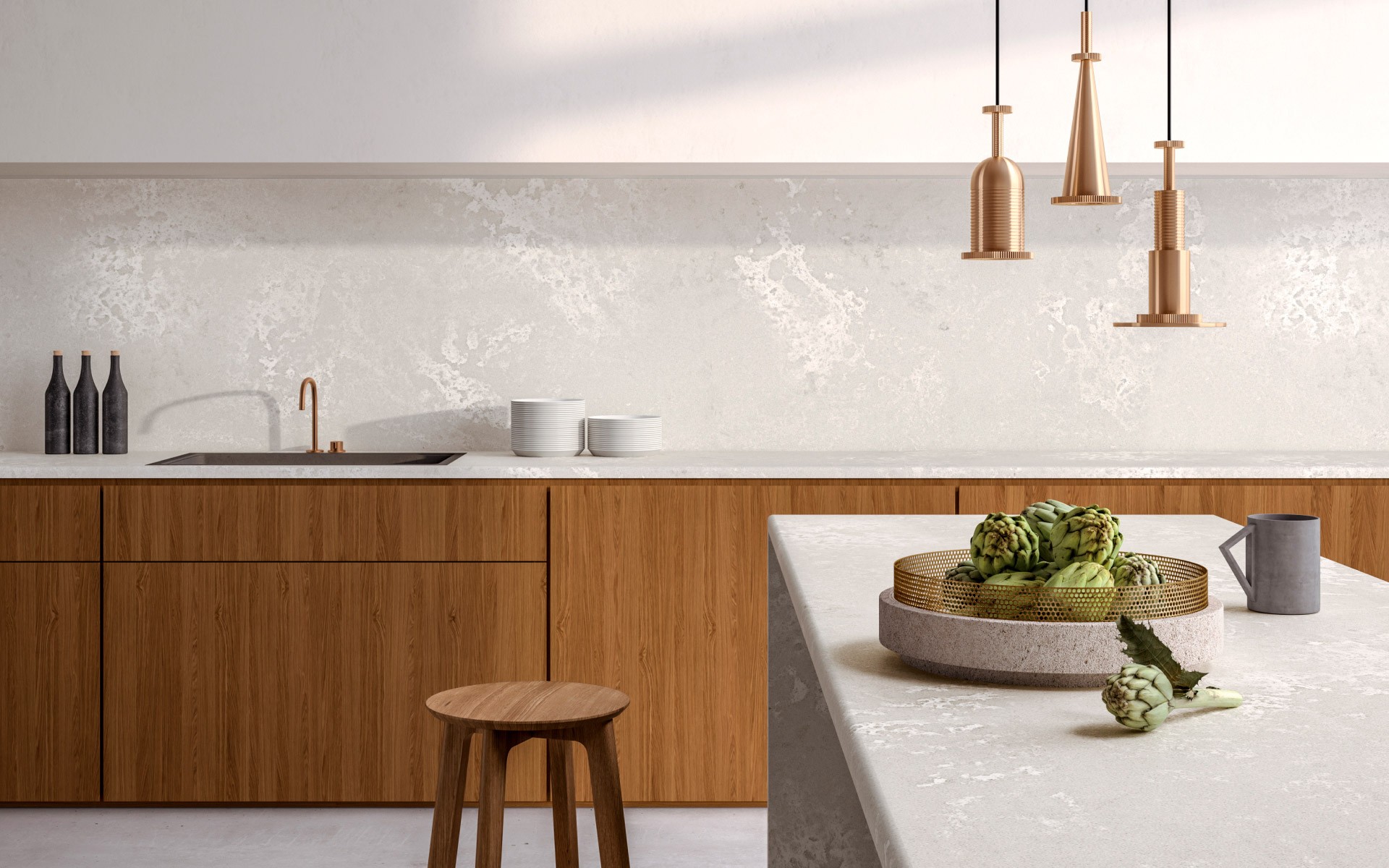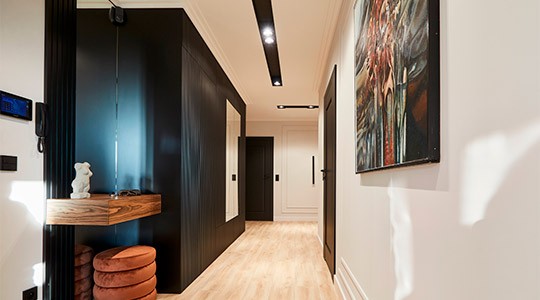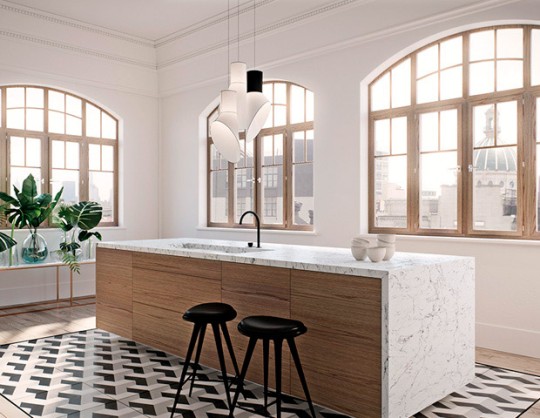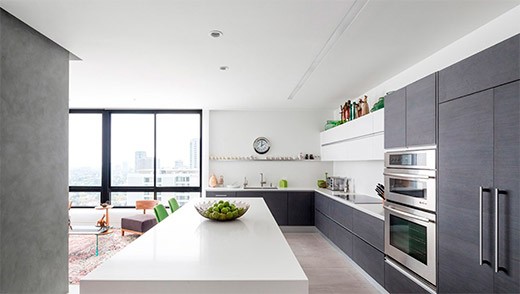Japandi style in interiors - characteristics and the use of stone
World of design
It is well known that the world of design has its own rules. There is a wide variety of design styles, each with its own characteristic features and aesthetics. Right next to classic, Scandinavian, or glamour style, we are also increasingly seeing a combination of different concepts. One of these is the japandi style, which is a hybrid of Japanese minimalism with the functionality characteristic of Scandinavian style. The result is unique interiors that invite warmth, harmony, and peacefulness. If you are looking for inspiration with a noticeable balance between simplicity and elegance, the japandi style is sure to delight you!
History of japandi style
The japandi style is a trend that has been conquering the design world for years. It originates from the fusion of two cultures that are so different from each other - Japanese and Scandinavian - and thus interiors in japandi style display all the characteristics of the traditions and decoration of both. Japanese minimalism is renowned for its simplicity and harmony. It strives for balance and calmness by reducing furnishings to the bare minimum. Scandinavian style, on the other hand, is known for its functionality, comfort and reference to nature. Also important is the reference to the Scandinavian way of life (hygge), synonymous with cosiness and safety.
The japandi style is all about feeling comfortable in your own four corners. The result of combining the two styles is a modest yet highly functional and comfortable space.
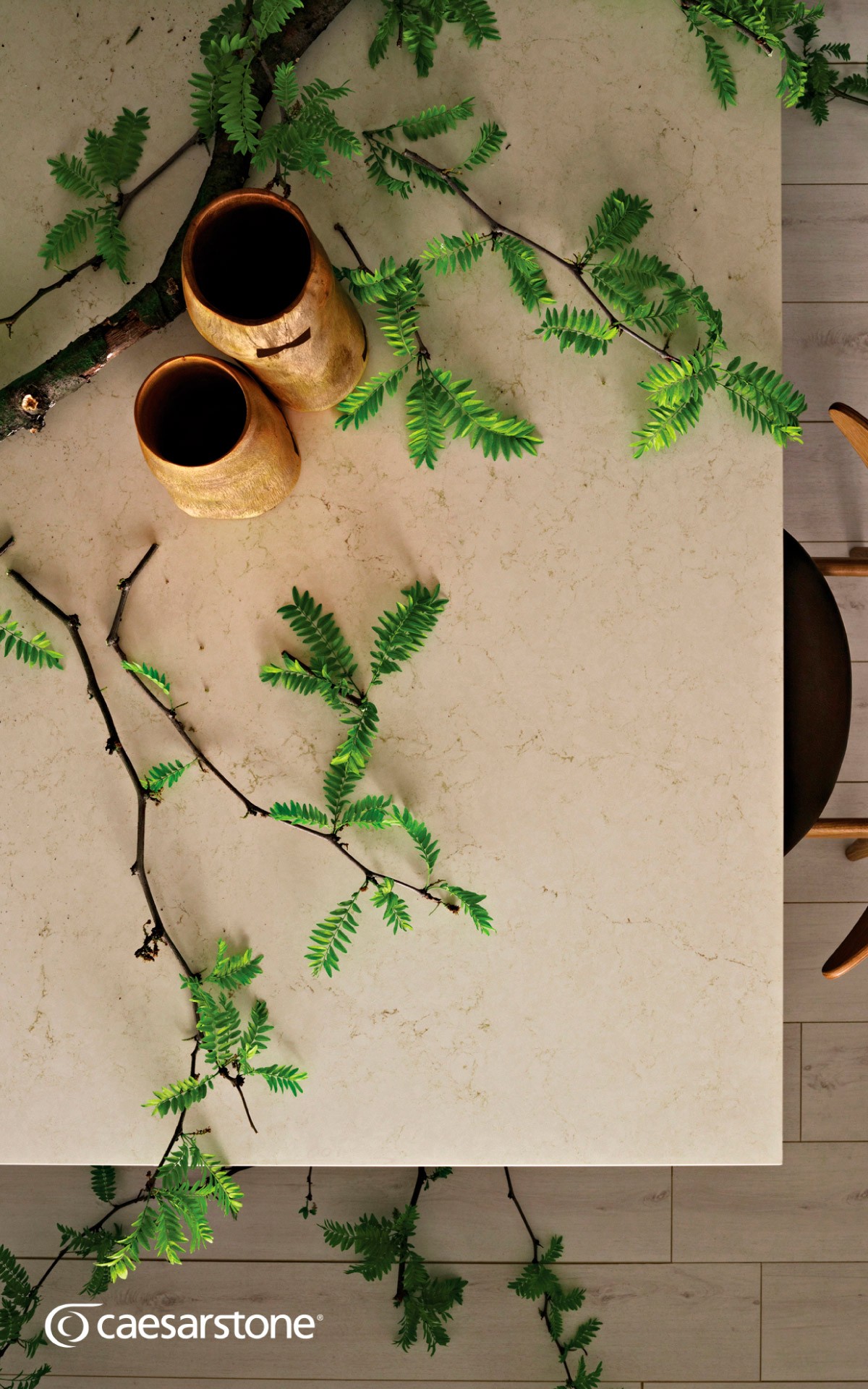
Accessories and decorations, so what characterises the japandi style?
The japandi style is one of the most structured and well-thought-out interior concepts. Here everything has its place, no accessory is redundant or incidental. There is also a strong emphasis on the execution of the elements - craftsman objects and those created from natural materials are particularly desirable. It is also important to use the right colours and decorations to give the interior a personal touch, while also matching the lifestyle of the household members. So, let's find out exactly what characterises japandi style interiors?
- Minimalist arrangement
The most important principle of japandi style interiors is minimalism. Thoughtful solutions that are functional and do not clutter the space rule in these arrangements. At the same time, the presence of accessories that look aesthetically pleasing and serve the household well is very important. The absence of unnecessary objects and decorations and a space that appears tidy is something that anyone wishing to invite the japandi style into their home should strive for. - Neutral colour palette
There is a particular colour palette for the japandi style, which is dominated by muted, light tones - usually whites, beiges, greys and soft pastels. It is the colour scheme that best emphasises the harmony of the space, while at the same time bringing the right atmosphere. When designing a living room, bedroom or kitchen, you may also decide to use a contrasting element in the arrangement. In this case, use colours such as black, anthracite, bottle green, navy blue or red. - Natural materials
The japandi style places great emphasis on the use of natural materials. Elements of wood, stone, bamboo, cotton or linen can therefore be used to decorate a room in a house or flat. Stone kitchen countertops or tables, as well as furniture made of raw wood, will work perfectly. An alternative to natural stone is artificial decorative stone, which perfectly imitates the texture and colour of materials from nature. - Warm room lighting
Lighting plays an important role in japandi style interiors. To enhance the design, the space should be well exposed to both artificial and natural light. Rooms need to feel comfortable and cosy, so choose warm colours when selecting lamps. Special attention should also be paid to the accessibility of external light. Large, airy windows should be a feature of japandi-style interiors. - Simple, functional furniture
Rooms in the japandi style are furnished with a small amount of furniture, the position and arrangement of which is always very well thought out. The furniture itself should be simple in form and uncomplicated in construction. It is worth remembering that minimalism and muted colours are also important here. - Thoughtful accessories and decoration
The japandi style also requires the use of thoughtful decoration. In this case, craft elements and handmade accessories will work best. It is worth ensuring that they are made from natural materials such as textiles, wood or ceramics. The presence of plants also plays an important role, bringing a touch of nature into the interior.
The Japandi style for interiors: the use of stone
For the design and furnishing of japandi style interiors, natural stone is very often used. It is one of the most luxurious finishing materials, which can be used to make kitchen and bathroom countertops, dining tables, coffee tables, furniture fronts or wall and floor coverings, among other things. In order not to strain the budget, but still achieve the desired effect in the room, it is worth considering an alternative solution in the form of artificial decorative stones.
Materials such as quartz surface, large ceramic slab or acrylic solid surface are in no way inferior to natural stone. They perfectly reproduce the texture and colours of natural stone, making the individual elements of the design look elegant and aesthetically pleasing. See for yourself!
Artificial stones in japandi style interiors - discover our inspirations!
